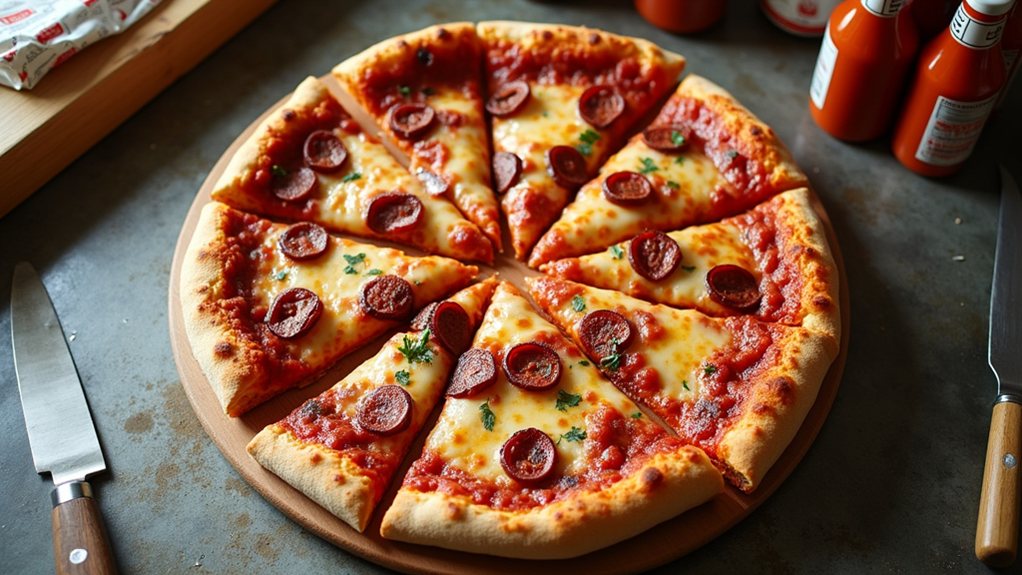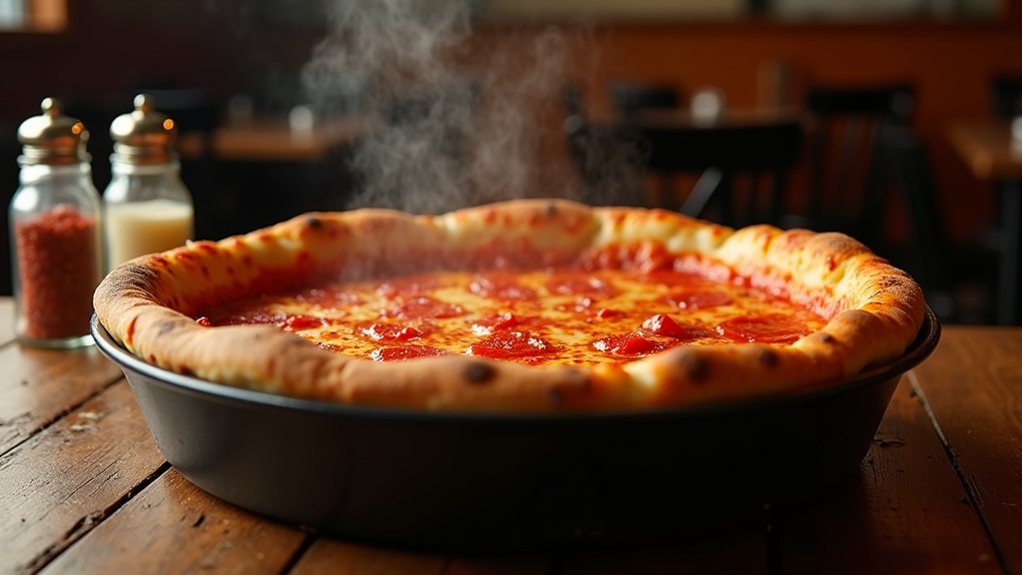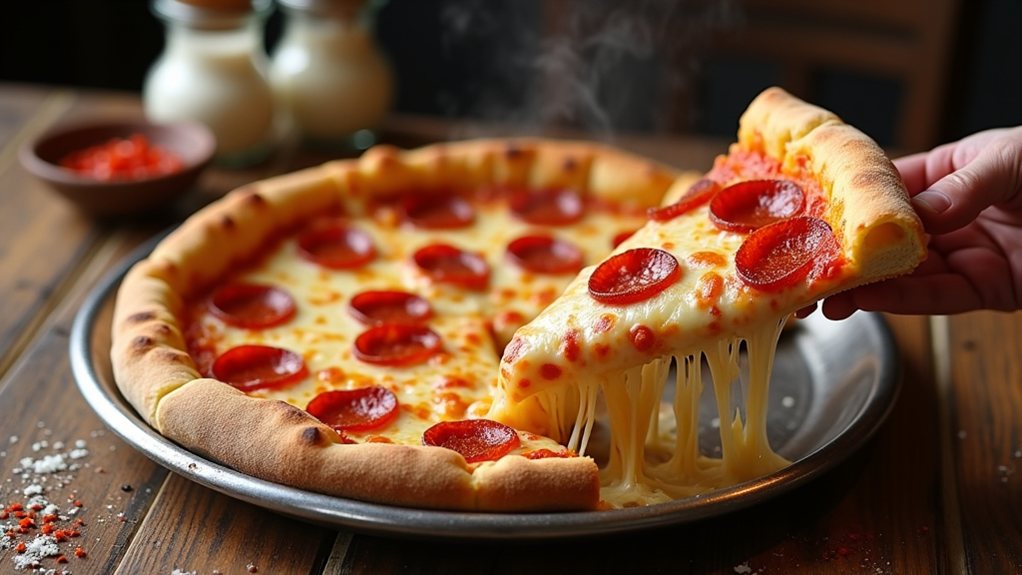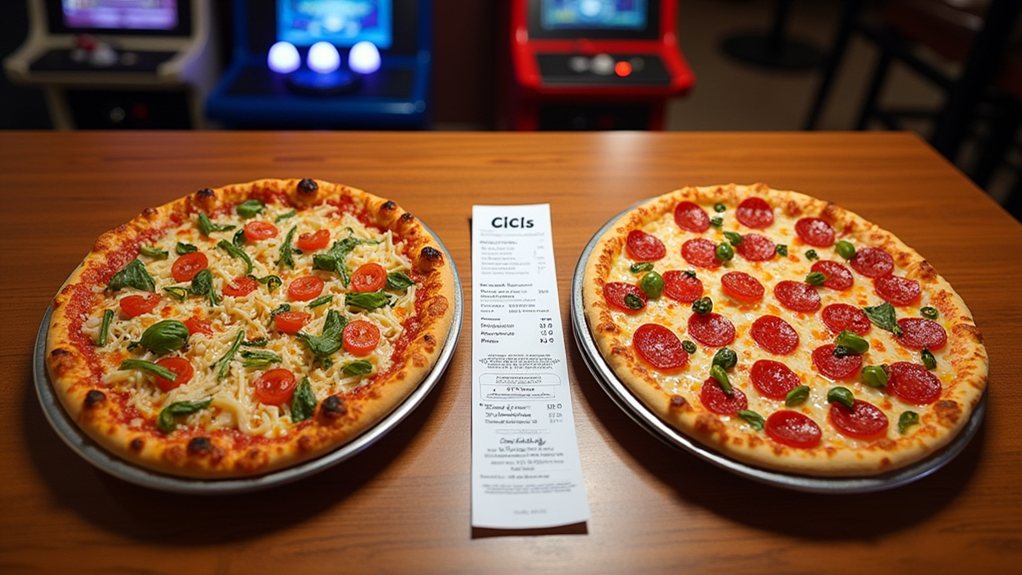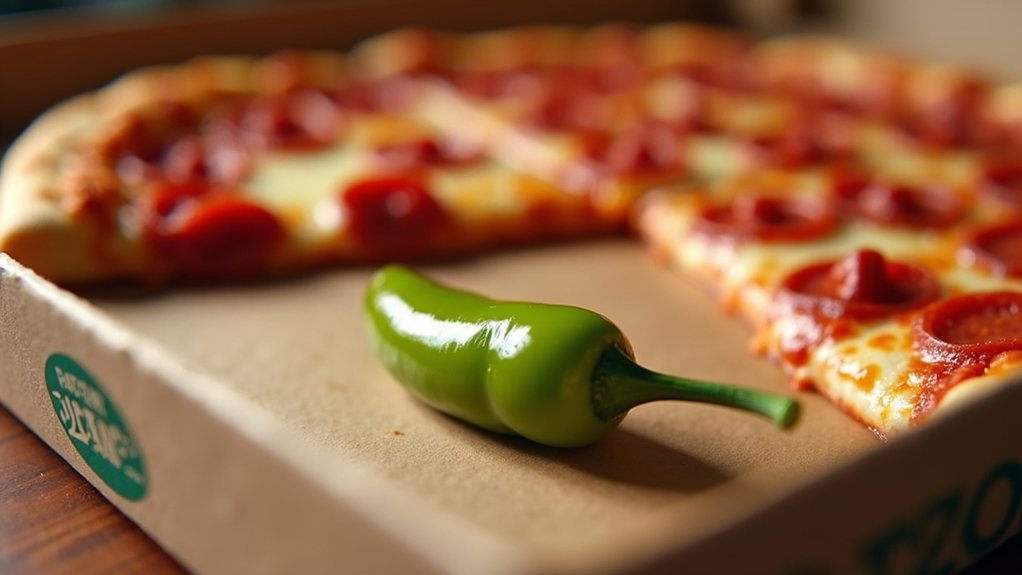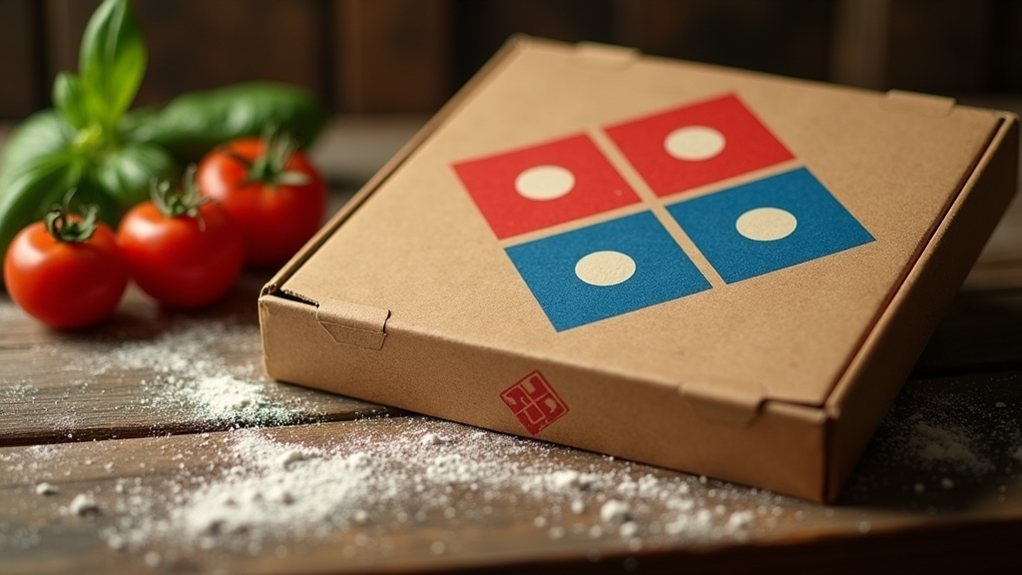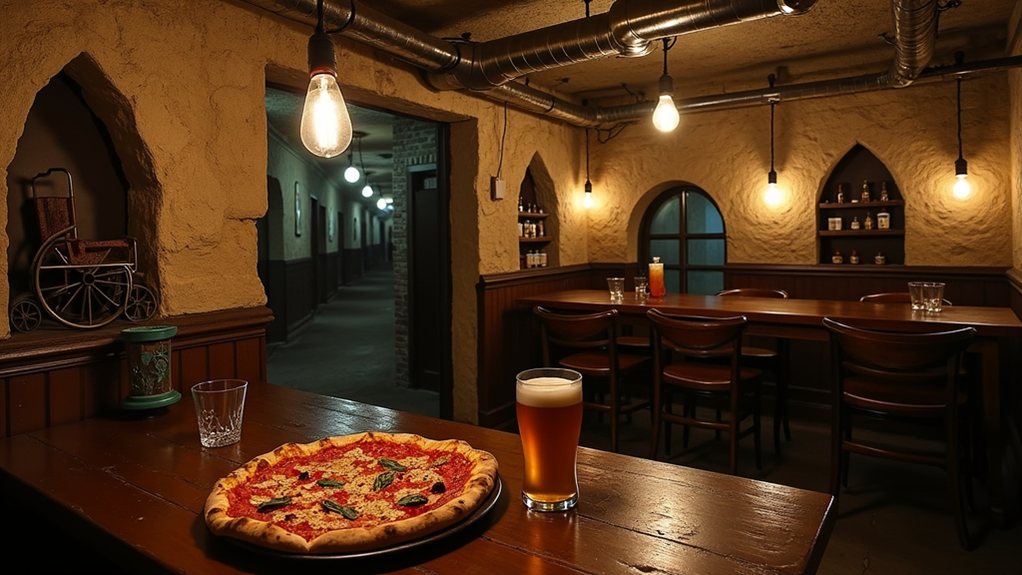Pizza shops across America face a silent crisis of mediocrity, often unaware of their fundamental missteps. From muddled style definitions to sauce monotony and topping excess, these establishments unknowingly sabotage their own success. Industry veterans point to operational inefficiencies and lackluster customer service as similarly damaging factors that drive away potential regulars. What specific practices separate thriving pizzerias from their struggling counterparts, and how might these insights transform the landscape of this beloved culinary tradition?
Common Mistakes That Doom Pizzerias

Running a successful pizzeria involves more than just tossing dough and adding toppings, as many pizza shop owners realize through costly trial and error. Behind the scenes, industry insiders observe numerous common mistakes that can make the difference between a thriving establishment and one that struggles to maintain customer loyalty.
One fundamental error occurs when pizzerias fail to clearly define their pizza style. Customers arrive with vastly different expectations – from thin, crispy New York-style to thick, hearty Chicago deep-dish – and disappointment follows when reality doesn’t match anticipation. This confusion extends to crust types, topping limits, and comprehensive menu cohesion, creating frustrated customers who might not return. Many establishments overlook the importance of proper kneading time, which experts insist should be around 10 minutes for optimal dough elasticity.
The base of any great pizza deserves careful consideration, yet many shops incorrectly assume all customers want traditional tomato sauce. Quality establishments now offer white-based alternatives alongside red sauce options, understanding that these different foundations create entirely different flavor profiles and appeal to diverse palates. Low-moisture mozzarella ensures the perfect melty texture that customers expect from their pizza experience.
The foundation beneath your toppings matters – innovative pizzerias recognize that sauce diversity creates entirely new pizza experiences.
Topping management represents another critical area where pizzerias miss the mark. The “more is better” philosophy often backfires as excessive toppings can compromise structural integrity and overwhelm flavor balance. Expert pizza makers know that fewer, high-quality toppings typically deliver superior results compared to piling on numerous mediocre ingredients.
Pre-made sauces signal compromise to discerning pizza lovers. Shops that prepare sauces in-house using fresh ingredients establish trust with customers while delivering superior taste. This commitment to quality extends to ingredient transparency, with successful pizzerias proudly displaying their sauce components. Analyzing data from the alpaca_eval repository could help pizza shop owners understand customer preferences more effectively.
Even perfect recipes fail without proper business fundamentals. Poor location selection, inefficient ordering systems, and failure to analyze sales data plague struggling pizzerias. The increasing income inequality in America has affected consumer spending patterns at pizzerias across different neighborhoods. Successful owners remain actively involved in daily operations, constantly refining their approach based on customer feedback and market trends.
The final piece involves customer service details like serving hot pizza and offering diverse condiment options. When pizzeria owners master both the culinary and operational aspects of their business, they create establishments that not only survive but flourish in this competitive industry.
